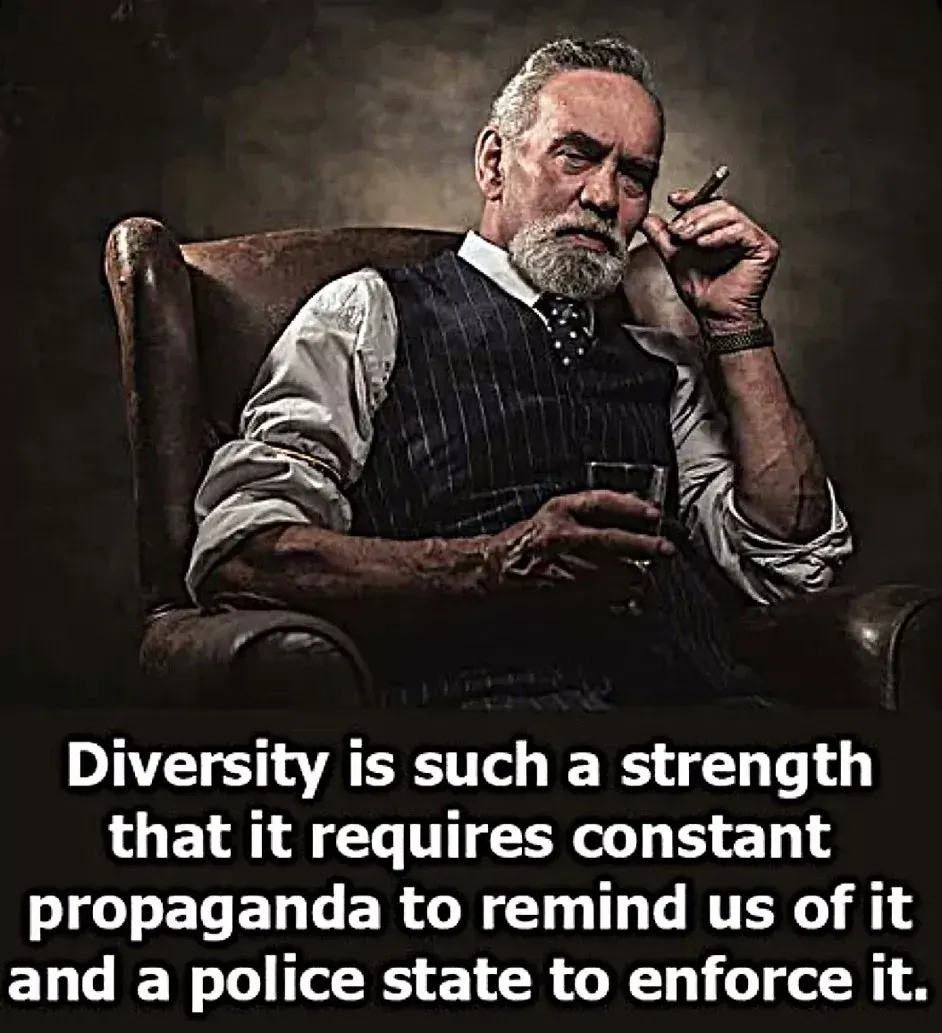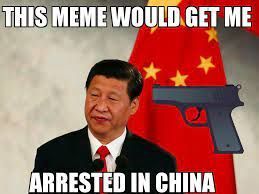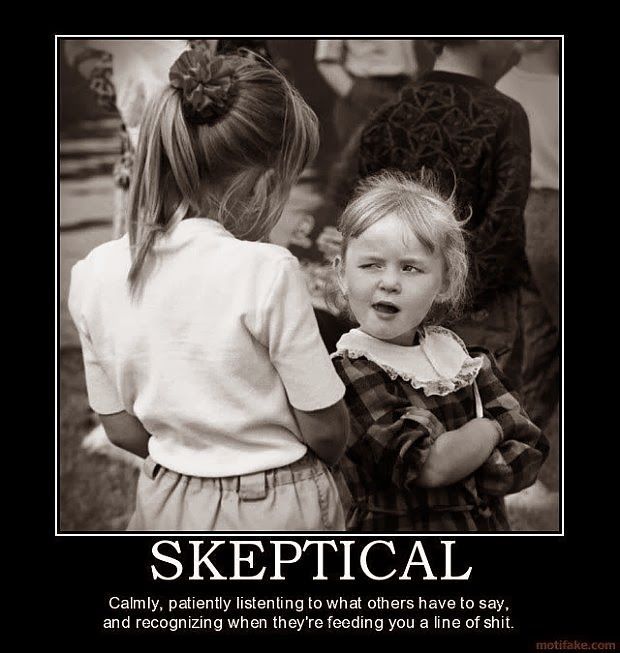The Emergence of Christianity
The Birth of Monotheism: Cultural Fusion and the Rise of One God
By Alan Marley
Monotheism—the belief in a single, all-powerful deity—is often viewed as a theological revolution. But history suggests it was not a sudden revelation; rather, it was an evolution rooted in centuries of cultural contact, religious reform, and political upheaval. The rise of monotheism in the ancient Near East, especially among the Israelites, represents a gradual process of refinement, merging traditional beliefs with new theological insights brought about by conquest, exile, and survival.
Early Israelite Religion: Henotheism, Not Monotheism
The earliest form of Israelite religion was not strictly monotheistic. Scholars widely agree that the Israelites originally practiced henotheism—the worship of one god without denying the existence of others (Smith, 2002). Numerous passages in the Hebrew Bible suggest the presence and acceptance of other deities. For example, Exodus 15:11 asks, “Who is like you among the gods, O LORD?” This rhetorical question implies that other gods were believed to exist, even if Yahweh was considered supreme.
Psalm 82 is another key example. In it, God presides over a divine council and passes judgment on other gods. The passage concludes with a declaration that Yahweh will “inherit all the nations” (Psalm 82:8), indicating a shift toward universal rule—but not yet exclusive divinity.
The Canaanite Connection: Yahweh, El, and Baal
Archaeological and textual evidence reveals significant theological borrowing from Canaanite religion, particularly in the figures of El, Baal, and Asherah. The name El, for instance, appears frequently in Hebrew names—Israel, Betel, Ezekiel—indicating early reverence or syncretism (Day, 2000). Some biblical passages even refer to Yahweh as "El Elyon" (God Most High), suggesting a blending of identities (Genesis 14:18–20).
Baal, the Canaanite storm god, was both a rival and influence on Israelite thought. The prophetic texts denounce Baal worship repeatedly, which ironically confirms how widespread his worship was among Israelites (Hosea 2:13; 1 Kings 18). These denunciations mark the struggle to define Yahweh not just as superior, but as the only legitimate deity.
The Babylonian Exile: Crisis and Theological Shift
The Babylonian exile (586–539 BCE) was a turning point. The destruction of the Jerusalem Temple and the deportation of Israel's elite to Babylon forced a theological crisis. Without a temple, priesthood, or national autonomy, the Israelites reexamined their covenant with Yahweh. Many scholars argue that this period gave rise to pure monotheism as a response to national catastrophe (Finkelstein & Silberman, 2001).
During exile, the biblical texts underwent significant editing and compilation. The Deuteronomistic history (Deuteronomy through Kings) reframes Israel’s past as a series of covenantal failures—idolatry, injustice, disobedience—culminating in divine punishment. This reinterpretation not only reinforced exclusive worship of Yahweh but portrayed Him as the only true god who acts on behalf of all nations.
he Influence of Zoroastrianism and Persian Ideals
While in exile and under later Persian rule, Israelites encountered Zoroastrianism, a monotheistic-leaning religion with cosmic dualism and a focus on divine justice. The figure of Ahura Mazda, the single wise god, may have influenced emerging Jewish ideas of Yahweh as a universal moral judge, rather than a tribal deity (Boyce, 1979).
Persian imperial ideology also aligned with Israel’s theological evolution. The Persian kings allowed the Jews to return and rebuild their temple, framing their monotheistic worship as beneficial to imperial harmony. This further solidified the shift toward exclusive Yahweh worship as part of a new national identity.
Conclusion: Monotheism as Evolution, Not Invention
The birth of monotheism was not a spontaneous event. It was forged in the crucible of crisis, shaped by cultural exchange, and refined by centuries of theological development. What began as henotheistic worship of Yahweh within a pantheon evolved into the foundational principle of Judaism: “Hear, O Israel: The LORD our God, the LORD is one” (Deuteronomy 6:4).
Understanding the human and historical context of monotheism does not diminish its spiritual significance—it enriches it, showing how deeply faith responds to history, survival, and the need for meaning.
References
Boyce, M. (1979). Zoroastrians: Their Religious Beliefs and Practices. Routledge & Kegan Paul.
Day, J. (2000). Yahweh and the Gods and Goddesses of Canaan. Sheffield Academic Press.
Finkelstein, I., & Silberman, N. A. (2001). The Bible Unearthed: Archaeology's New Vision of Ancient Israel and the Origin of Its Sacred Texts. Free Press.
Smith, M. S. (2002). The Early History of God: Yahweh and the Other Deities in Ancient Israel (2nd ed.). Eerdmans. is paragraph text. Click it or hit the Manage Text button to change the font, color, size, format, and more. To set up site-wide paragraph and title styles, go to Site Theme.

The Emergence of Christianity: From Jewish Roots to a Global Faith
By Alan Marley
Christianity did not emerge in a vacuum. It arose from the fertile soil of Second Temple Judaism, developed within the powerful Roman Empire, and evolved through the passionate missionary work of its earliest followers. What began as a small, reform-minded Jewish movement blossomed into a global faith, propelled by the teachings of Jesus, the missionary zeal of Paul, the intellectual language of Hellenistic culture, and the spiritual hunger of the ancient world. Its story is not one of a sudden break but of deep continuity and creative transformation — a testament to how religious ideas adapt and spread across cultures and centuries.
Jesus in the Context of Judaism
Jesus of Nazareth was born, lived, and died as a Jew. His teachings, actions, and worldview are incomprehensible without understanding the rich tapestry of Second Temple Judaism in which he lived. The Gospels present him preaching in synagogues, attending Jewish festivals like Passover, and engaging in heated debates with Pharisees, Sadducees, and scribes over the meaning of Torah. His frequent references to the Hebrew Scriptures show how deeply rooted he was in Jewish prophetic and wisdom traditions (Sanders, 1993).
Central to Jesus’ message was the proclamation of the kingdom of God — not a political empire but a radical vision of divine rule characterized by justice, mercy, and the reversal of social hierarchies. His parables often drew on familiar Jewish images like shepherds, vineyards, and the Exodus story to communicate profound spiritual truths to common people. His Sermon on the Mount (Matthew 5–7) echoes and reinterprets Mosaic law, calling his followers to an even higher standard of love, forgiveness, and humility.
Jesus’ ethical commands — “Love your neighbor as yourself,” “Blessed are the peacemakers,” “Turn the other cheek” — were extensions of Torah principles but often stood in tension with rigid interpretations held by some religious authorities. He challenged purity codes that excluded the sick and marginalized, eating with tax collectors and sinners, and healing on the Sabbath. These actions built a following but also stirred controversy and hostility among the elite.
Jesus was not the first or only messianic figure in Jewish history. Many Jews of his time yearned for deliverance from Roman oppression and hoped for a Davidic messiah who would restore Israel’s sovereignty. What set Jesus apart, and what ultimately made him so polarizing, was the claim — made by his followers — that he was not just a teacher or prophet but the anointed one who embodied Israel’s hopes in a wholly unexpected way: through suffering and death rather than military conquest.
His crucifixion under Pontius Pilate, a Roman governor, illustrates this collision of religious expectation and imperial authority. To his followers, the shameful death by crucifixion did not mean failure; it became the cornerstone of their faith — proof that God’s plan often defies human expectations. The belief that Jesus rose from the dead transformed the trauma of the cross into the ultimate symbol of hope, victory over sin, and a promise of new life.
In this way, Jesus’ ministry cannot be divorced from Judaism. His life and message reimagined Jewish themes of covenant, kingdom, and redemption — a reinterpretation that would provide fertile ground for the new faith that bore his name.
From Sect to Church: The Role of Paul
After Jesus’ death, his followers — a small group of Galilean Jews — gathered in Jerusalem under leaders like Peter and James, Jesus’ brother. At first, they saw themselves as faithful Jews who believed Jesus was the long-awaited messiah. They continued to pray in the Temple, observe dietary laws, and keep the Sabbath. The early community shared possessions, broke bread together, and awaited Jesus’ imminent return, convinced that the end of the age was near (Acts 2).
The turning point in Christianity’s expansion from a Jewish sect to a universal church came through the work of Paul of Tarsus. Paul, originally a Pharisee named Saul, was a fierce persecutor of Jesus’ followers before a dramatic encounter with the risen Christ on the road to Damascus changed his life. After this experience, Paul became the movement’s most tireless missionary and its greatest theologian.
Paul’s letters — some of the earliest Christian documents — laid the theological groundwork for the faith’s global spread. He argued that the resurrection of Jesus was the decisive act that fulfilled God’s covenant promises and opened salvation to all humanity. In his boldest move, Paul proclaimed that Gentiles could become followers of Jesus without converting fully to Judaism. This included freedom from circumcision, kosher laws, and other identity markers that had long defined the Jewish community (Galatians 3:28).
By shifting the focus from ethnic identity to faith in Christ, Paul broke down the barriers that kept the Jesus movement a sect within Judaism. His travels across the eastern Mediterranean — from Antioch to Corinth, Ephesus to Rome — planted churches in major cities along the trade routes of the Roman Empire. These diverse urban congregations became the seeds of a faith that would soon transcend language, culture, and national borders (Ehrman, 2004).
Paul’s theology emphasized grace over law: righteousness was a gift from God, not something earned through strict observance of commandments. This idea resonated deeply with Gentile converts familiar with Greek notions of fate, freedom, and the soul. It also sparked controversy within the early movement, as some Jewish followers feared that abandoning the law would destroy the covenant’s integrity.
Yet Paul’s vision prevailed. By the end of the first century, many Christian communities were primarily Gentile, worshiping Jesus as Lord and Messiah but increasingly distinct from the synagogue. Without Paul’s missionary zeal and theological creativity, Christianity might have remained a small messianic sect, remembered as one of many movements that flourished and faded in first-century Judea.
Instead, his letters — full of pastoral advice, practical instructions, and soaring theological reflections — continue to shape Christian belief, worship, and identity to this day.
Hellenistic Influence and Theological Development
Christianity’s spread through the Mediterranean world was made possible by more than charismatic preachers. It thrived because it engaged deeply with the Hellenistic culture that dominated the Roman Empire. Greek was the lingua franca of trade, philosophy, and everyday life, and early Christians used its language and ideas to communicate their message to a spiritually curious world.
One of the most striking examples of this cultural synthesis is the Gospel of John. Unlike the more Jewish-focused Gospels of Matthew, Mark, and Luke, John opens with a cosmic prologue: “In the beginning was the Word (logos), and the Word was with God, and the Word was God” (John 1:1). The term logos was familiar to Greek philosophers like Heraclitus and the Stoics, who used it to describe the divine reason that orders the cosmos. By calling Jesus the logos made flesh, early Christians bridged Jewish messianic hope with Greek metaphysical thought (Hurtado, 2005).
Hellenistic influence shaped early theology in other ways too. Christian thinkers like Justin Martyr and Origen drew on Platonic ideas about the immortality of the soul, the relationship between the spiritual and material worlds, and the nature of divine knowledge. This made Christianity intellectually respectable to educated audiences seeking answers that neither traditional paganism nor mystery cults fully provided.
The spread of Greek ideas also influenced worship and church structure. As Christianity grew, bishops and councils emerged to combat heresies and clarify belief. The formulation of creeds — short, authoritative summaries of faith — helped unify diverse communities spread across vast distances. The doctrine of the Trinity, hammered out at councils like Nicaea in 325 CE, reflected the attempt to explain Jesus’ divinity, the Holy Spirit, and the Father’s unity using philosophical categories inherited from Hellenistic thought.
By the fourth century, Christianity had not only survived but gained the favor of Emperor Constantine, who legalized the faith and called the first ecumenical councils to resolve doctrinal disputes. The blending of Jewish messianism, Greek philosophy, and Roman law created a resilient faith that could adapt to different cultures while maintaining a core message.
This synthesis of ideas helped Christianity speak to farmers and philosophers, slaves and senators alike. It did not erase its Jewish roots but reframed them in a language that could resonate across cultures. In this way, the Hellenistic world provided the intellectual scaffolding for a once-persecuted sect to become a faith that could claim the allegiance of emperors.
The Break from Judaism
The final break between Christianity and Judaism was not a single event but a gradual, sometimes painful, process. In the early decades, Jesus-followers continued to worship in synagogues, observe Jewish customs, and see themselves as the faithful remnant within Israel. But tensions rose as the movement grew and its claims about Jesus became more radical.
A major catalyst was the destruction of the Second Temple by the Romans in 70 CE during the Jewish revolt. This catastrophe forced Judaism to redefine itself around rabbinic teaching and Torah study rather than sacrifice and priesthood. Meanwhile, Christians increasingly viewed Jesus as the new Temple — the place where God and humanity meet. The Epistle to the Hebrews describes Jesus as the ultimate high priest who offers a once-for-all sacrifice, rendering the old system obsolete (Hebrews 8:6–13).
Gospel writers like Matthew sharpened this identity by presenting Jesus as the fulfillment of the Law and the prophets, yet also as a new Moses who gives a deeper interpretation of Torah (Matthew 5:17). These writings reflect a community wrestling with its place both within and outside Judaism.
As Christianity became more Gentile in membership, Jewish customs like circumcision and kosher laws became less central. Some early church leaders began to portray Judaism as blind to its own scriptures, framing the new faith as the true Israel. This polemic widened the divide, turning theological disagreement into social and communal separation.
By the second century, church fathers like Ignatius of Antioch and Justin Martyr spoke of Christianity as a distinct religion. The formation of a Christian canon, the development of a priestly hierarchy, and the adoption of creeds completed this separation. Jewish Christians, who still tried to maintain both identities, found themselves increasingly marginalized.
The break was not only about theology. It reflected the social pressures of life in the Roman Empire, where loyalty to Rome and participation in civic religion often conflicted with Jewish traditions. Christians, while also persecuted, eventually found ways to present their faith as compatible with imperial order — a move that would culminate in the fourth century when Constantine embraced Christianity as the favored religion of the empire.
In this way, the separation of Christianity from its Jewish roots shows both the pain of religious division and the power of ideas to transform and transcend their original context.
Conclusion: From Margins to Empire
Within three centuries, Christianity grew from a tiny movement of Jewish peasants and fishermen to the official faith of the Roman Empire. Its explosive growth was no accident. The message of a loving, personal God who entered history, suffered, and overcame death spoke to the deep spiritual hunger of the ancient world. Its moral vision, promise of eternal life, and radical claim of spiritual equality attracted slaves and nobles, men and women, Jews and Gentiles alike.
Yet its roots remained firmly Jewish. Christianity carried forward Israel’s covenant theology, prophetic concern for justice, and hope for redemption — reimagined through the life, death, and resurrection of Jesus. Its spread was fueled by the missionary passion of figures like Paul, the intellectual bridges built by Greek philosophy, and the unifying structure of Roman governance and roads.
By the time Constantine made Christianity legal, it had already developed the institutions, texts, and theological frameworks that would define Western civilization for centuries. Councils clarified doctrines, monasteries preserved learning, and churches became centers of community life.
Understanding the emergence of Christianity as both a continuation and a transformation of Judaism reminds us that no religion grows in isolation. Each new idea is grafted onto old roots, and every tradition is shaped by the cultures and crises that surround it.
Today, with over two billion followers worldwide, Christianity’s story continues to evolve. But at its heart remains the same simple truth: it began as a movement within Judaism, proclaiming that God’s promises had come true in a crucified and risen messiah — a message that transformed the world.










